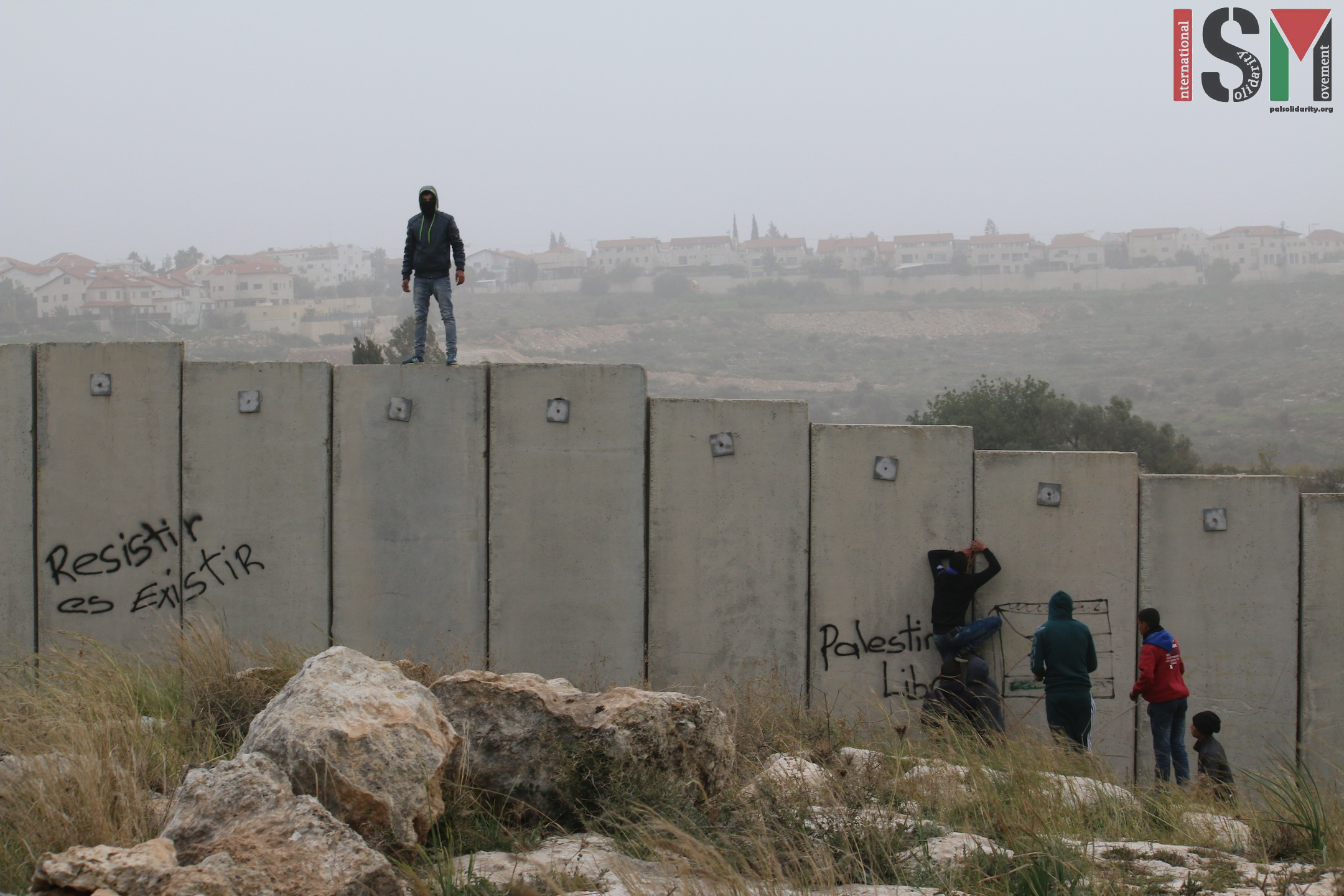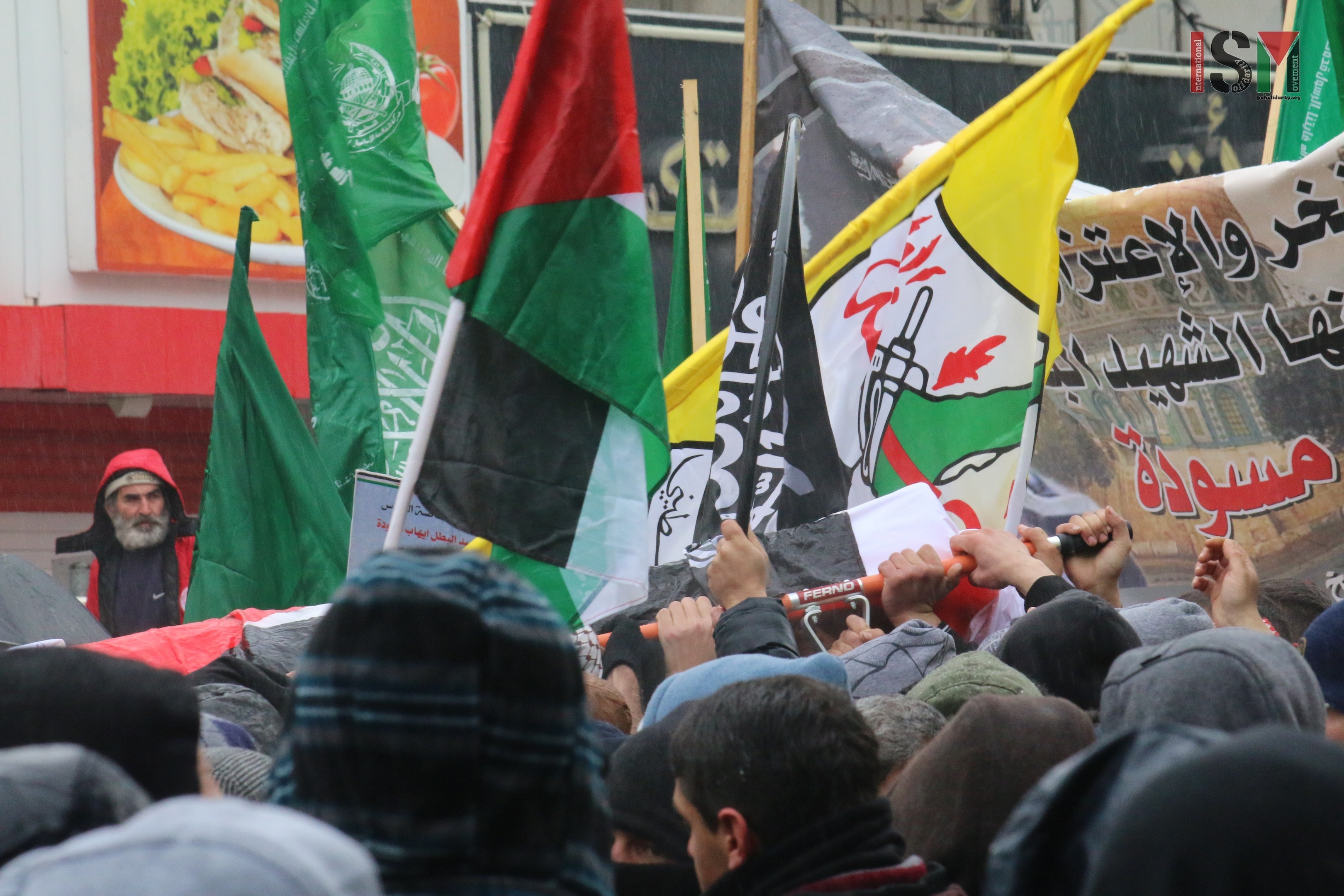Tag: Tear-Gas Canister
-
Weeks of repression and resistance in Ni’lin
15th January 2016 | International Solidarity Movement, Ramallah team | Ni’lin, occupied Palestine A walk through the olive groves of Ni’lin village, down the dirt road between stone walls and cacti and past the scattered remnants of spent tear gas canisters, grenades and bullet casings reveals a striking vista: the Israeli-constructed, illegal Apartheid Wall cuts sharply across…
-
14 Palestinians finally laid to rest in occupied al-Khalil
2nd January, 2016 | International Solidarity Movement, al-Khalil team | al-Khalil, occupied Palestine On the 2nd of January 2016, thousands attended the funeral of 14 martyrs in occupied al-Khalil (Hebron). A demonstration following the funeral, against the continued killing of Palestinians with impunity by the Israeli military and Zionist settlers, was attacked by Israeli forces. The new year in the…
-
Another bloody Friday in Gaza
October 8th, 2015 | International Solidarity Movement, Gaza team | Gaza Strip, occupied Palestine Israeli Forces shot and killed a 23 year old on Friday, the 6th of October, in demonstrations east of Khan Younis in the southern part of the Gaza strip. The man was identified by The Ministry of Health in Gaza as Salameh Moussa…



